As the craft brewing industry grows, so do the options for running a successful brewing business. New equipment, better software, changing regulations and so on, all add new opportunities for a craft brewer. Even decisions that were essentially no-brainers are getting, if not more complicated, more strategic in nature. For example: the keg. The metal keg is by far the standard of the industry, almost an iconic symbol of beer delivery, but that doesn’t necessarily mean it’s the most economical route for a growing brewer. Craft Brewing Business reached out to Lightweight Containers, a supplier of one-way kegs called KeyKeg, to learn a little bit more about how such an option might fit into a craft brewer’s business plan.
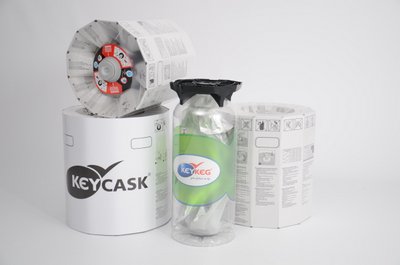
A fleet of kegs is an investment just like any other piece of equipment in the brewhouse, and ownership of an investment carries inherent responsibilities. Property must be maintained, cleaned, stored and not lost. Many of these keg-owning responsibilities are no big deal for brewers — they are built into the operational plan, budgeted for and that’s that. But one-way kegs do remove a lot of these responsibilities and sometimes reduce overall expenses.
“If the distance between the brewery and the bars is longer, then a one-way keg is a better bargain,” said Robbert-Jan Knoppers with Lightweight Containers. “The break-even point will vary with the individual situation. There are savings in transport – up to 25 percent on the way to the bar and 100 percent on the return trip. If the distances are shorter, and if the kegs are returned very frequently, then steel kegs can work out to be cheaper.”
Against the Grain Brewery in Kentucky uses KeyKeg for some of its shipping needs, and Jerry Gnagy, brewer and managing member, told us he sees these three financial benefits:
- Up-front costs for a 30 liter costs up around $24/ Key vs. $60 to $100 for good comparable steel size;
- Against the Grain doesn’t have to wait and pay to get kegs returned; and
- The company doesn’t have to use the chemical, labor, water and energy for cleaning before filling.
Again, for Gnagy, one-way isn’t a total solution, but it fits into the overall business model.
“We use steel in our local market where our distributor can pick up kegs and drop off empties very easily,” Gnagy told Craft Brewing Business. “We also use a portion of steel in the Chicago market because we feel we have a good mechanism for returning the kegs. Once they go out and come back about four times, it makes up for the purchase of the steel and the savings of the KeyKeg price. European distribution and ancillary markets use KeyKeg exclusively because it could be months to years before we see the return kegs.”
The one-way keg is much more of a staple in Europe, partially because companies like KeyKeg and Petainer are based there, which lowers the price-point, but also because of that long-distance exporting equation. Recently, Budweiser Budvar N.C. talked about the success its seen since making the switch. The trend is starting to work its way more into the United States, especially with U.S. craft brewers like Against the Grain exploring the overseas market that is showing huge interest in U.S. craft beer. KeyKegs has more than 500 breweries and distributor customers.
Knoppers also quelled any suspicions that a plastic keg would compromise the quality of the beer.
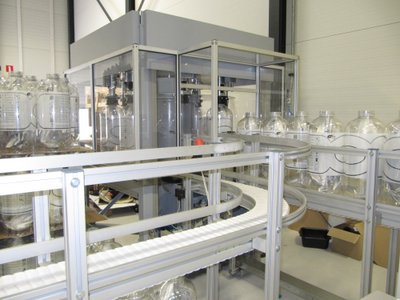
“The brewer knows that his or her beer will come out the way it was meant to,” Knoppers said. “There’s better control in the bar over the quality of the beer. This is only true for one-way kegs with the bag-in-ball principle. The technology keeps the propellant gas separated from the beer. Therefore, these types of kegs can be dispensed with air too instead of CO2.”
Knoppers said he’s seeing bars and distributors prefer one-way kegs because they are lighter and take up less space.
“The bag-in-ball technology means KeyKegs are easier to dispense from, and they keep the beer good much longer after broaching – for up to four weeks, compared with a few days on average for steel kegs,” Knoppers said.
The one-way keg is not without a few complications. The cardboard casing can get wet and make them difficult to stack. Some need a special coupler that can run about $50 to $75, and on the brewery end, some operational and equipment adjustments may be needed to accommodate the filling.
“In most cases, simple instructions before beginning are enough,” Knoppers said. “One concern, however, is that the occasional craft brewer doesn’t have their secondary fermentation under control. Faulty calculations or a lack of knowledge can mean higher pressures inside the keg. No keg can take that much pressure. The result can be too much foam and leaky kegs.
“Another reason can be that one-way kegs require modifying the filling line or getting a new filling machine,” he continued.
Gnagy reported no such filling issues or special needs within his setup.
“We don’t need anything special to fill KeyKegs except for a spare coupler since we fill one at a time,” he said. “Breweries with automated kegging would certainly need some sort of conversion.”
The sustainability equation is also a tricky one. A metal, reusable keg might be more sustainable in that regard, but when factoring in the carbon footprint involved in shipping heavier materials longer distances, the chemicals used in cleaning and the developments in recyclable plastic, the picture isn’t so clear. Knoppers makes the case:
“A KeyKeg is sustainable. Compared to steel kegs, a KeyKeg saves about 65 percent on transport. A KeyKeg is fully recyclable, and we’re working toward 58 percent recycled PET and polypropylene. Lightweight Containers is striving to re-use every KeyKeg for making new KeyKegs – a closed loop.”
Bottom line is some situations call for different solutions. If you are going out on a picnic, you do not bring your family’s ceramic dinner plates; you grab some paper plates from the dollar store and go on with your day. The same mind set can apply here. Craft brewers looking to send product to a new, faraway location or are interested in removing some of the hassle of keg ownership issues might want to give one-way kegs a chance.


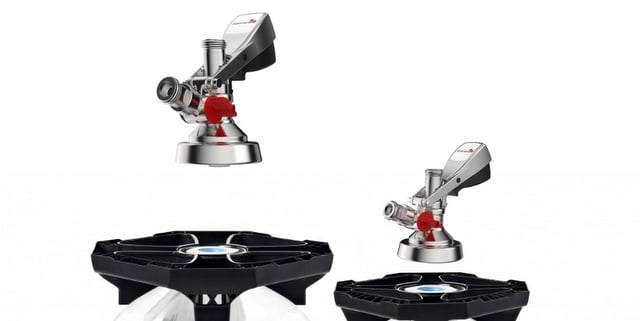
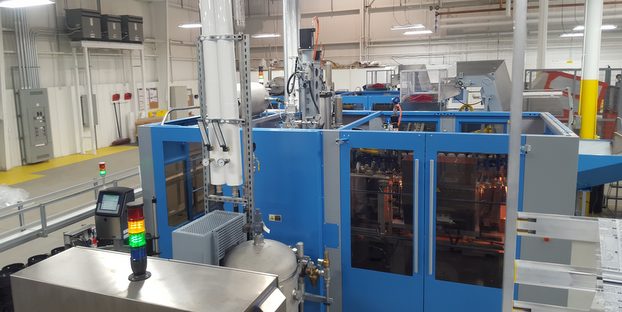
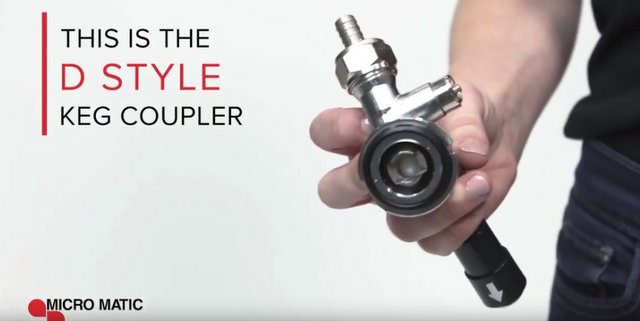
RT @TankandBarrel: One-way kegs: The benefits, opportunities of non-ownership – Craft Brewing Business http://t.co/1qrUi05Q7L via @craftbre…
One-way kegs: The benefits, opportunities of non-ownership – Craft Brewing Business http://t.co/1qrUi05Q7L via @craftbrewingbiz
RT @CraftBrewingBiz: One-way kegs feature: http://t.co/9apnydEUVJ The benefits, opportunities of non-ownership. @KeyKeg @AtgBrewery